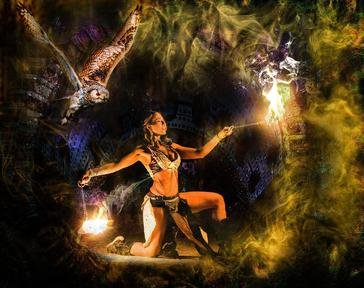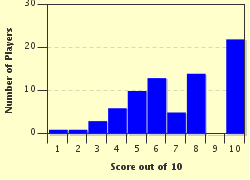Quiz Answer Key and Fun Facts
1. Extremely popular in the United States in the 1920s; named after an American city; may have origins in Juba dancing
2. Named after a vaudeville actor; popularized in 1914; has its origins in ragtime
3. Developed from the Landler; considered the fast version and not the slow one; considered formal and elegant
4. Dance of the bullfight; man is the matador and the woman is the cape; originated from a French military march
5. Originated in the Punjab region of India and Pakistan; attire for this dance includes baggy pants and finger scarves; free form version originated in the 1940s
6. Music for this dance composed originally by Enrique Jorrin; of Cuban origin; named for the sound of the dancers' shoes
7. Originated in Andalusia, Spain; castanets frequently play music during this dance; named for the Spanish word for fire
8. Popular in Brazil; may be named after a Portuguese stringed instrument or the Bantu word for dance; female dancers tend to wear elaborate, colorful costumes
9. Is a UNESCO Intangible Cultural Heritage; influenced by a mix of African and European dances; male-male partners not uncommon
10. Popularized by a dictator; probably origin stems from slaves in the Dominican Republic; lots of hip action
Source: Author
Joepetz
This quiz was reviewed by FunTrivia editor
ponycargirl before going online.
Any errors found in FunTrivia content are routinely corrected through our feedback system.


